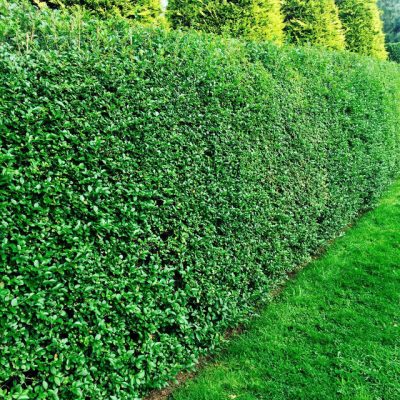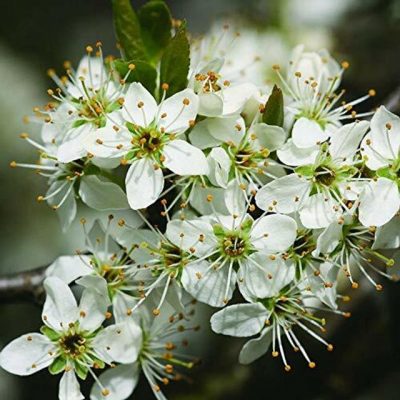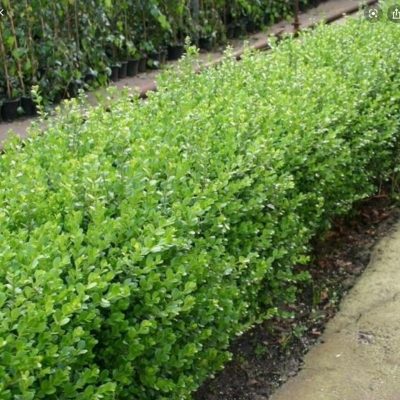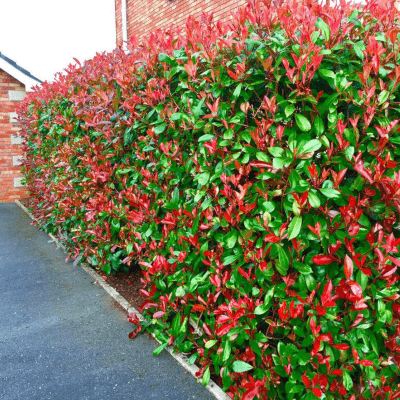Hawthorn – Crataegus monogyna 3-4ft
Out of Stock
Available October – March.
Hawthorn (Crataegus monogyna) is the most widely used hedge plant in the UK. Hawthorn has all the virtues you look for in hedging – it is fast growing (hence the name quickthorn), incredibly tough, happy in almost any soil, easy to clip and so dense that even in winter when it is leafless, a well-grown hawthorn hedge is hard to see through. Visually, it provides year-round interest. Masses of simple, white blossom contrast with its dark wood in spring. The glossy green foliage looks good all summer and is then followed in autumn by bunches of bright red haws. And when leaf and berry are gone, the black bark looks startling on a frosty day. Can be grown into a tree or can be used as part of a mixed species within a native hawthorn hedge. New hedgerows should be planted in two staggered rows 30cm apart. We recommend 5 plants per metre.
Plant Guide
Bareroot plants are just that – plants with little or no soil on the roots. They are not actively growing at this time ( November – April ). The roots are exposed rather than in pots.
Plants that are bare-rooted should be planted asap. The roots should be kept moist at all times while exposed. Bareroot plants may be dormant, but they are still alive and should be treated carefully. After receiving your plants prepare them for planting as soon as possible. If the roots are dry, pour some water over the roots to freshen them up before planting.
Never leave exposed roots in the sun. The best of all is to try to be ready to plant as soon as the plants arrive. If it is not possible to plant immediately, then place the plants in a tub with good drainage holes, and fill it with compost that covers the roots to protect against the elements. They should be planted within a few days. They can also be dug into a hole in the ground until ready to plant. When you are ready to plant, you can soak the plants in water just before placing them in the planting hole. Compost or peat moss can be incorporated into the native soil. It is not necessary to add fertiliser.
Best Uses
Due to its prickly nature, Hawthorn is a great barrier for deterring intruders. It also makes a useful windbreak with its dense branches. It can also be used for paddock hedging, a cottage garden or informal hedge and landscape hedging
Care Advice
Once the plant is established it only requires a light trim after flowering.
Plant Combinations
Hawthorn can be grown alone and will make an effective screen alone but you can combine it with any number of native plants for a diverse hedge.
Reviews
Shipping Information
We can ship to virtually any address in the world. Free delivery to mainland UK, NI and Ireland.
When you place an order, we will estimate shipping and delivery dates for you based on the availability of your items and the shipping options you choose. Depending on the shipping provider you choose, shipping date estimates may appear on the shipping quotes page.
Please also note that the shipping rates for many items we sell are weight-based. The weight of any such item can be found on its detail page. To reflect the policies of the shipping companies we use, all weights will be rounded up to the next full pound.





